I’m so happy to see The Art Academy going from strength to strength under the vision of Principal and artist Rob Pepper, who opened the new Art Academy Bankside premises beside the world-famous contemporary art museum The Tate Modern.
I founded the college in 2000, and finally departed at the end of 2017, staying on the Academic Board, with Rob leading it through the progressively challenging circumstances since, of Brexit and then the pandemic. I just went back for the ‘Past, Present, Future exhibition’, showcasing the beautiful gallery space and the amazing eight large studios beneath it, in the Tryptych Bankside building. What a fantastic achievement representing the hard work of Rob, his premier fundraising team, including journalist and former BBC presenter Natasha Kaplinsky OBE (President of the British Board of Film Classification), the super hardworking Sophie Singh, and all the efforts of the academic team, including artists Sue Spaull and Darren Nairn.
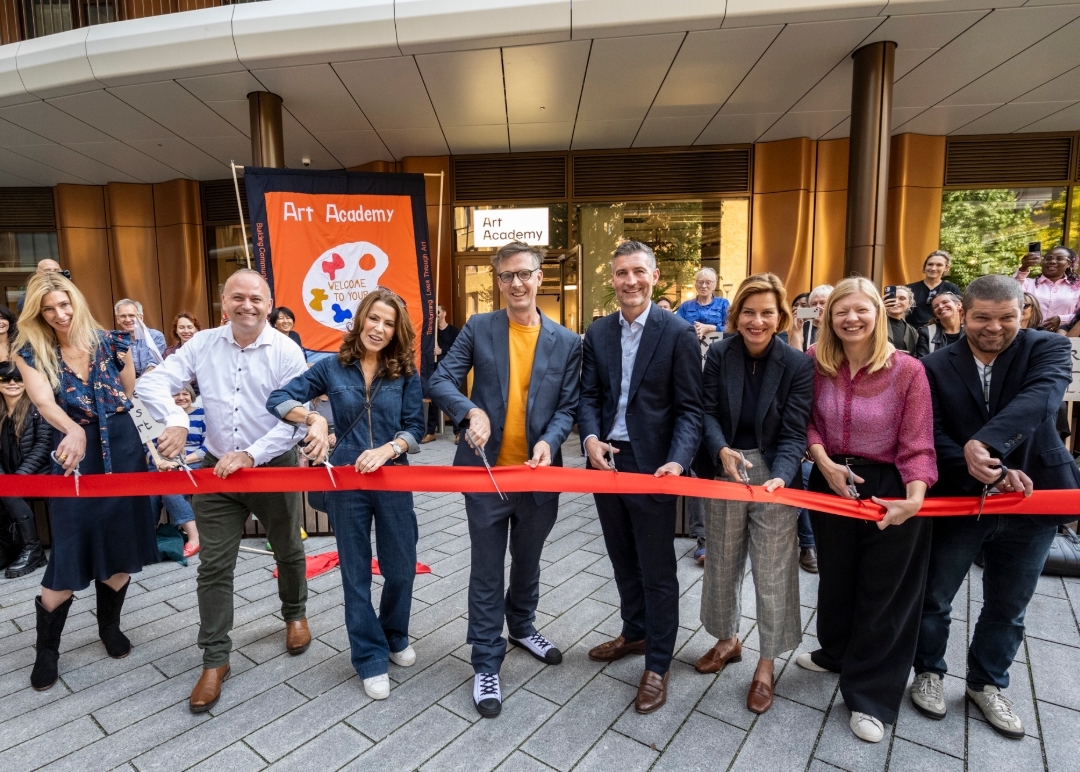
The artwork was totally amazing and I was really pleased to walk away with a print by brilliant ex student and brilliant current tutor Isabel Kinga Markus! Everything exhibited was raising money for the college. It was also a great opportunity to catch up with fellow sculptors like Michael Speller, George Triggs, Bryony Marshall and Hiromi Scintu who I all love!
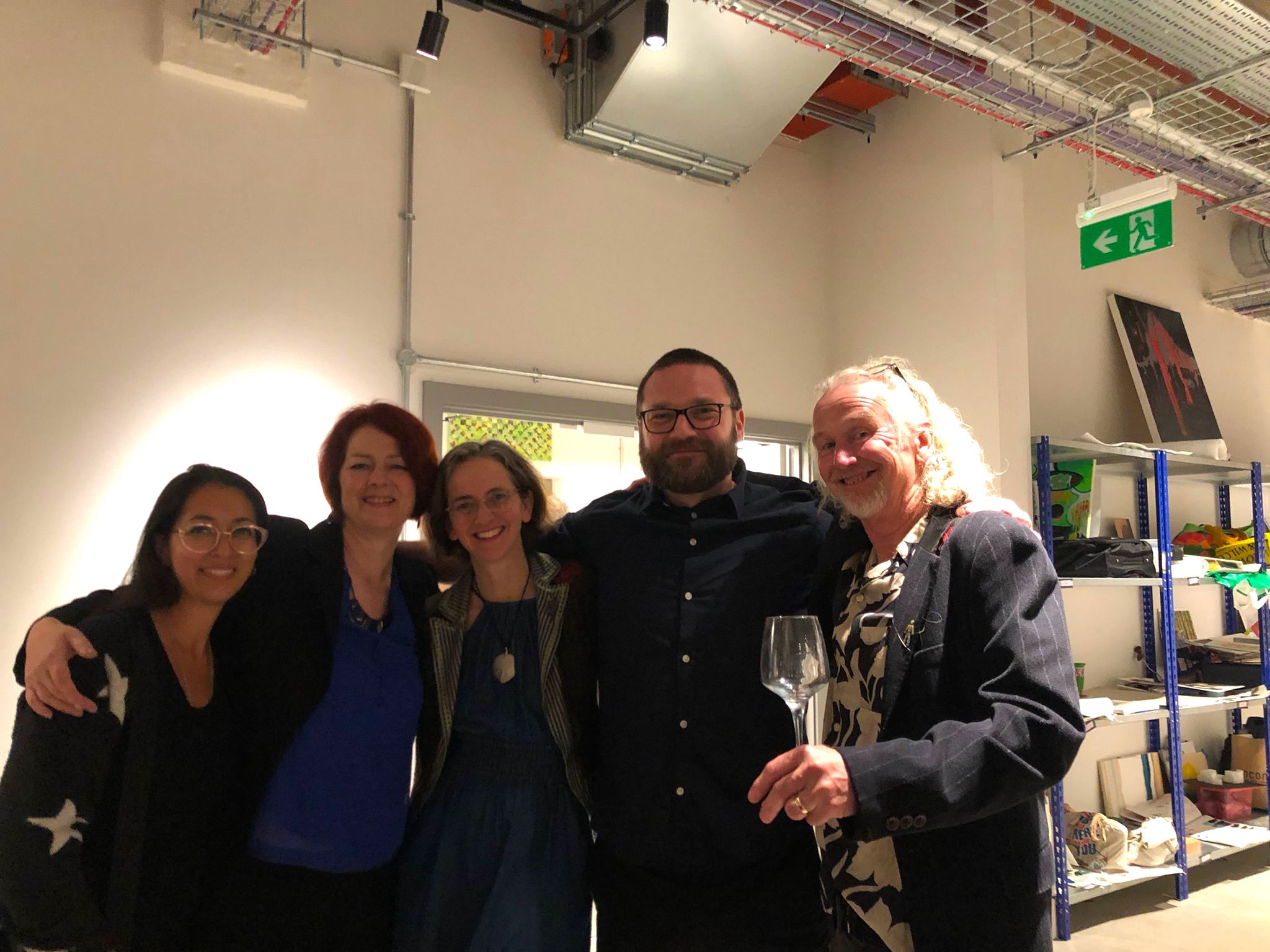
I was so touched when Rob invited me to demonstrate modelling and sculpting, in the appropriately named ‘Tiny Studio’ in front of the beautiful glass gallery windows overlooking the Tate Modern, and I brought the current animal relationship sculpture that I am working on named ‘Infinite Care’. An elephant and a mouse are curled up in the protective palms of a semi-abstracted figure. The figure is surrounded by a circular form, reflecting both the theme of infinity, and the enclosed safety of wings.
The gallery is even available for hire. It is always enormous fun demo-ing, but the real attractions of the show were the many beautiful artworks by a huge range of tutors, alumni, and students of The Art Academy. The curation was sublime and it was so wonderful to see the long-held desire for a permanent gallery space finally happen, and in such an amazingly prestigious location! Best of all though was catching up with all the familiar faces of artists that I love and admire.
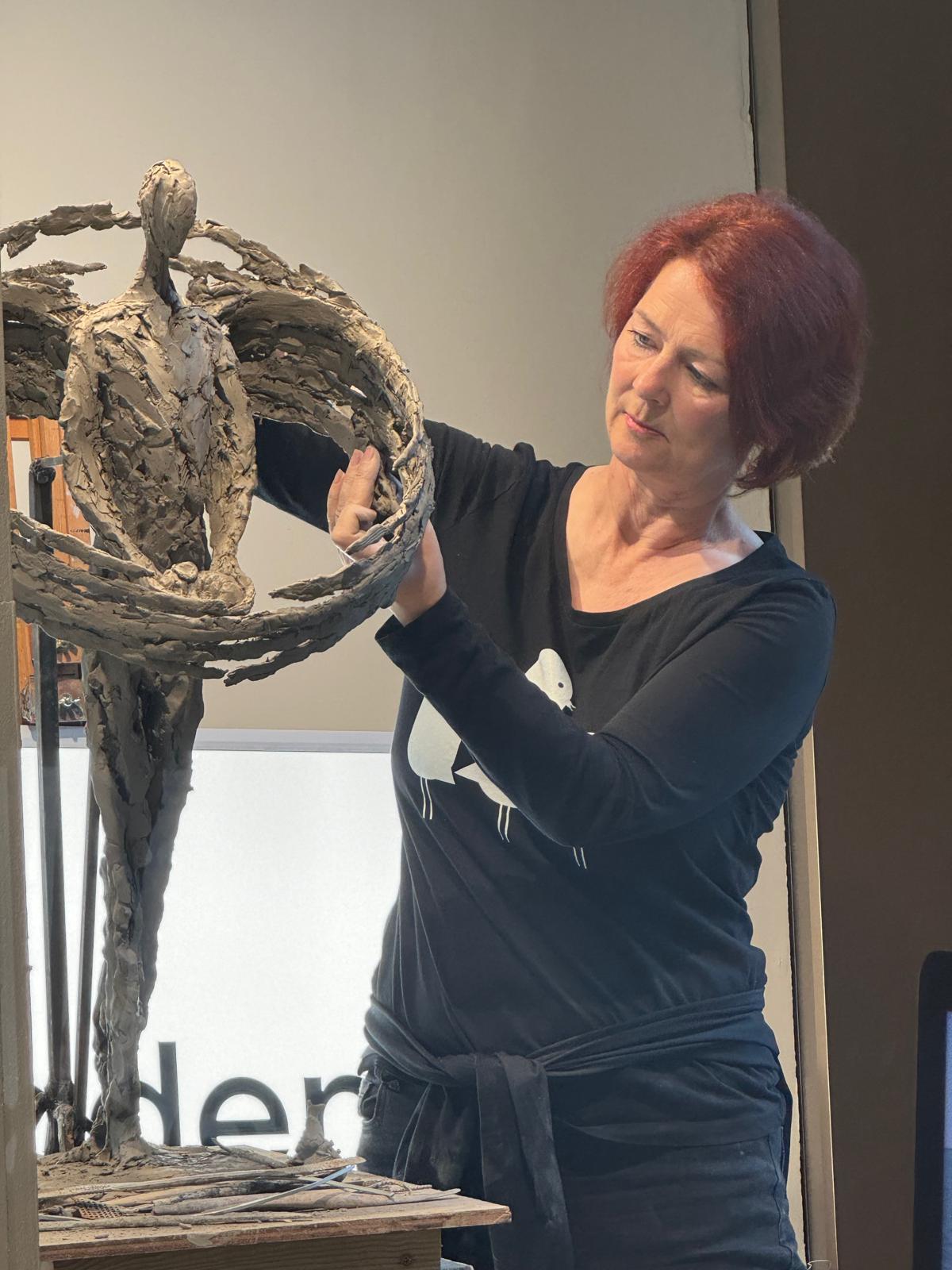
A tour of the new spaces – it’s so big!
At 14,000 square feet, it’s big! With space to seriously improve student learning experiences and bringing wheelchair accessibility for the first time. It was fantastic to see the college get a bit of press from the Financial Times columnist and Art Newspaper editor Melanie Gerlis.
The Tate Modern is an enormously important UK contemporary art gallery and museum. Its free collection marks important moments in the country’s and the world’s artistic movements. And its vast spaces, including the famous Turbine Hall, host fantastic temporary exhibitions that capture the most modern zeitgeist.
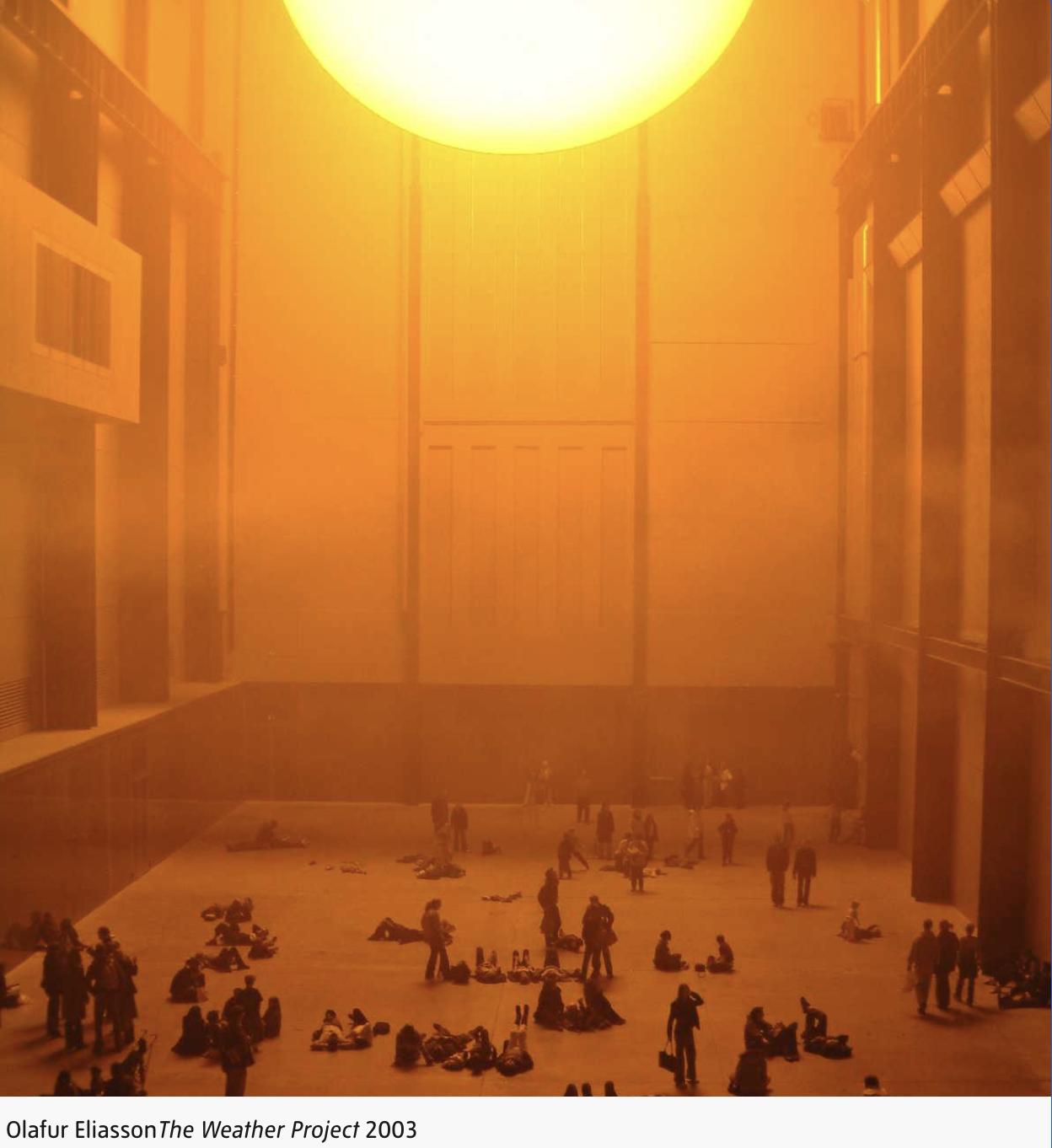
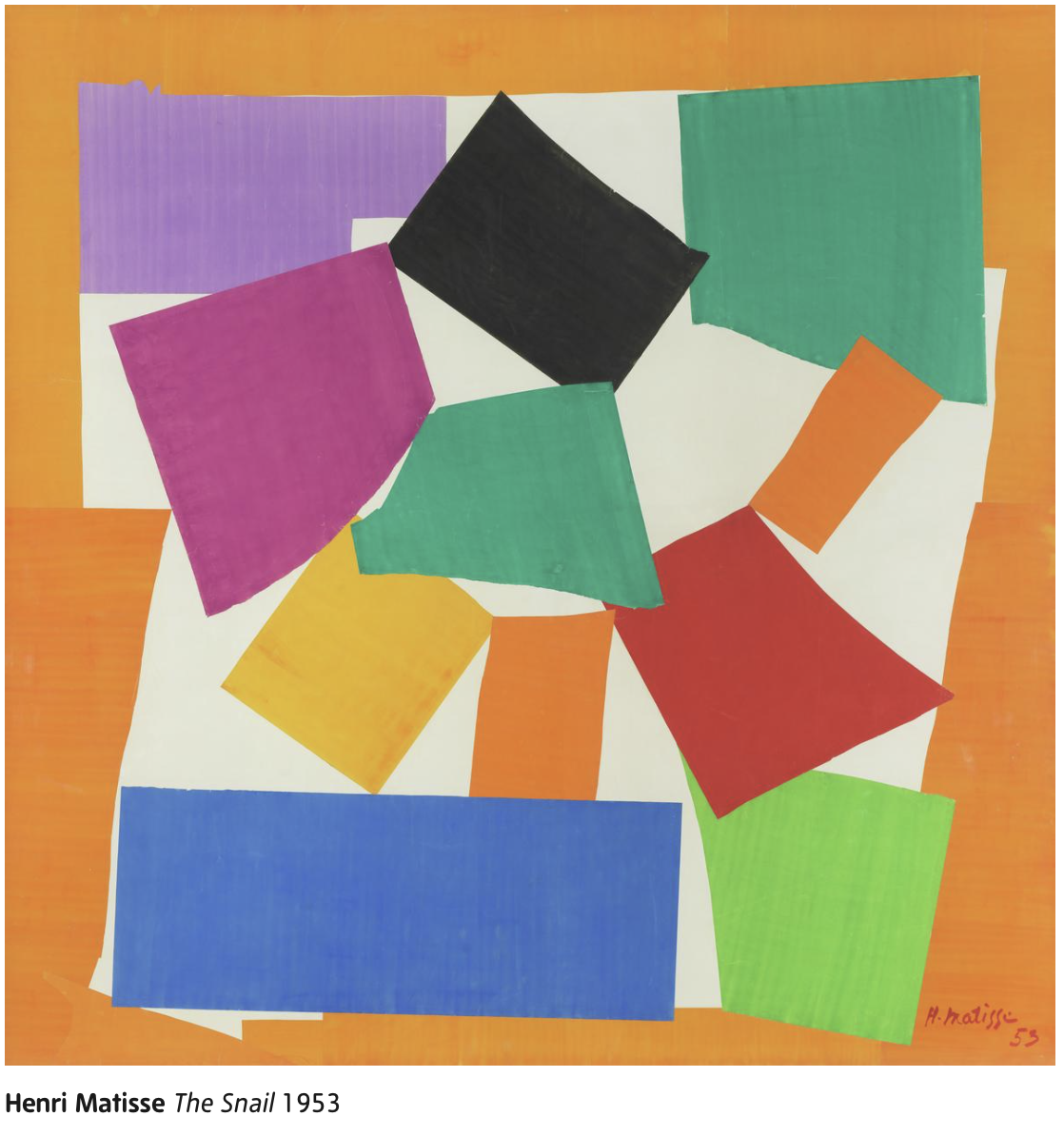
What’s going on at The Art Academy’s studios there?
The Art Academy is promoting dozens of accessible or advanced evening courses, short courses and summer courses. The vast majority of students who come through its doors join these, and this helps fund its operations, including some longer courses like the Degree courses (BAs in Fine Art and Contemporary Portraiture), the Foundation and the Certificates in Fine Art and Portraiture.
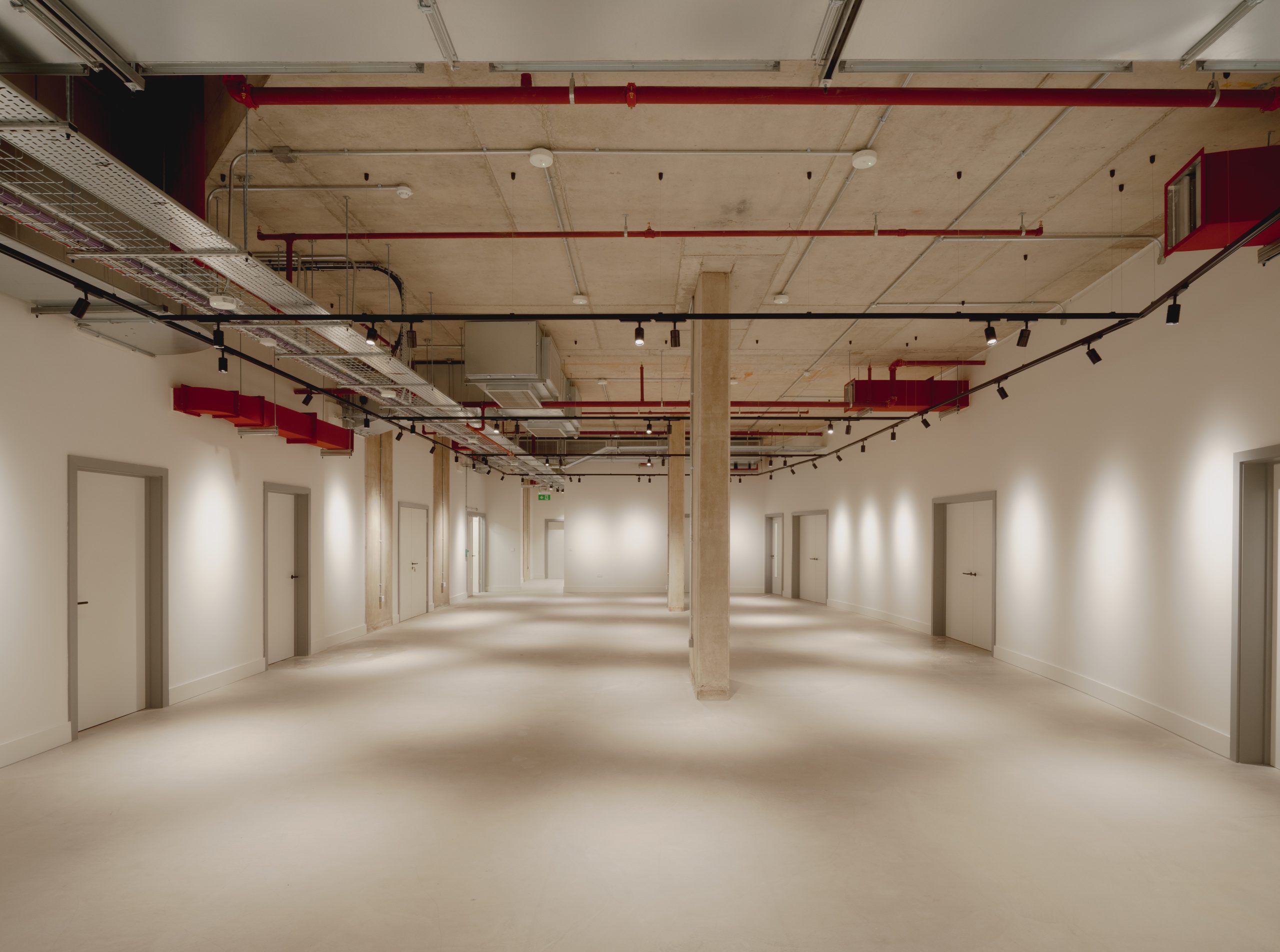
“ What Rob and the team have done with the Art Academy is to take the art school model, which has in many ways become tired and conventional, and create something with enormous potential for lifelong learning that is open and inclusive. ”
Dr. Frances Morris (CBE), Emerita Director of the Tate Modern
What I hope the new studios will do is bring more students to a skill-rich method of art tuition
Growing up with both of my parents as sculptors, I was introduced to the world of art at a very young age. This gave me an incredible advantage—not only did I see the realities of the profession from the inside, but I also had living proof that it was possible to build a successful career as an artist. When I was 17, I explored various Fine Art colleges, but to my disappointment, I found that many institutions weren’t offering the depth or quality of education I was seeking. The curriculum, especially in sculpture, often seemed constrained by budget and space limitations, which left them unable to teach the critical skills I believed were necessary to become truly proficient in my areas of interest.
Instead of following the traditional university path, I chose to do a seven-year apprenticeship with my parents. During that time, I realised there was a growing demand for an alternative to the conventional university model—something that combined rigorous technical training with the freedom to explore creative and conceptual ideas. The schools I encountered were often polarized between offering either highly traditional skills-based training or too much conceptual work without the foundation to support it. I felt strongly that a balance was needed—an approach that would foster both technical expertise and intellectual depth, giving students the tools and confidence to explore through making. I also felt it was so important for students to learn alongside and be inspired by artists who were real masters in their art, in practice and in vision. So from the very beginning, we had fantastic resident artists from a range of media as well as wonderful tutors, the very best we could find, in each field within which we taught the students.
When I founded The Art Academy in London Bridge in 2000, it was the start of an extraordinary journey. I learned an immense amount along the way, made plenty of mistakes, and hopefully grew from them. But most importantly, I had the privilege of meeting so many remarkable individuals—students who inspired me, and tutors and staff who generously shared their knowledge and passion. After 25 years, the Academy has grown and evolved into something far larger and more structured than I had ever anticipated, especially with the advent of Open University validation and the systems that came with it. Knowing the Academy is led by a strong team under Rob, had helped me be more comfortably in the decision to step back and refocus on my own artistic practice.
This new phase of my life feels like the start of another exciting journey, and I’m eager to see what unfolds next. And I hope many more students passing through The Art Academy’s doors will enjoy similar experiences along their personal, stellar journeys.
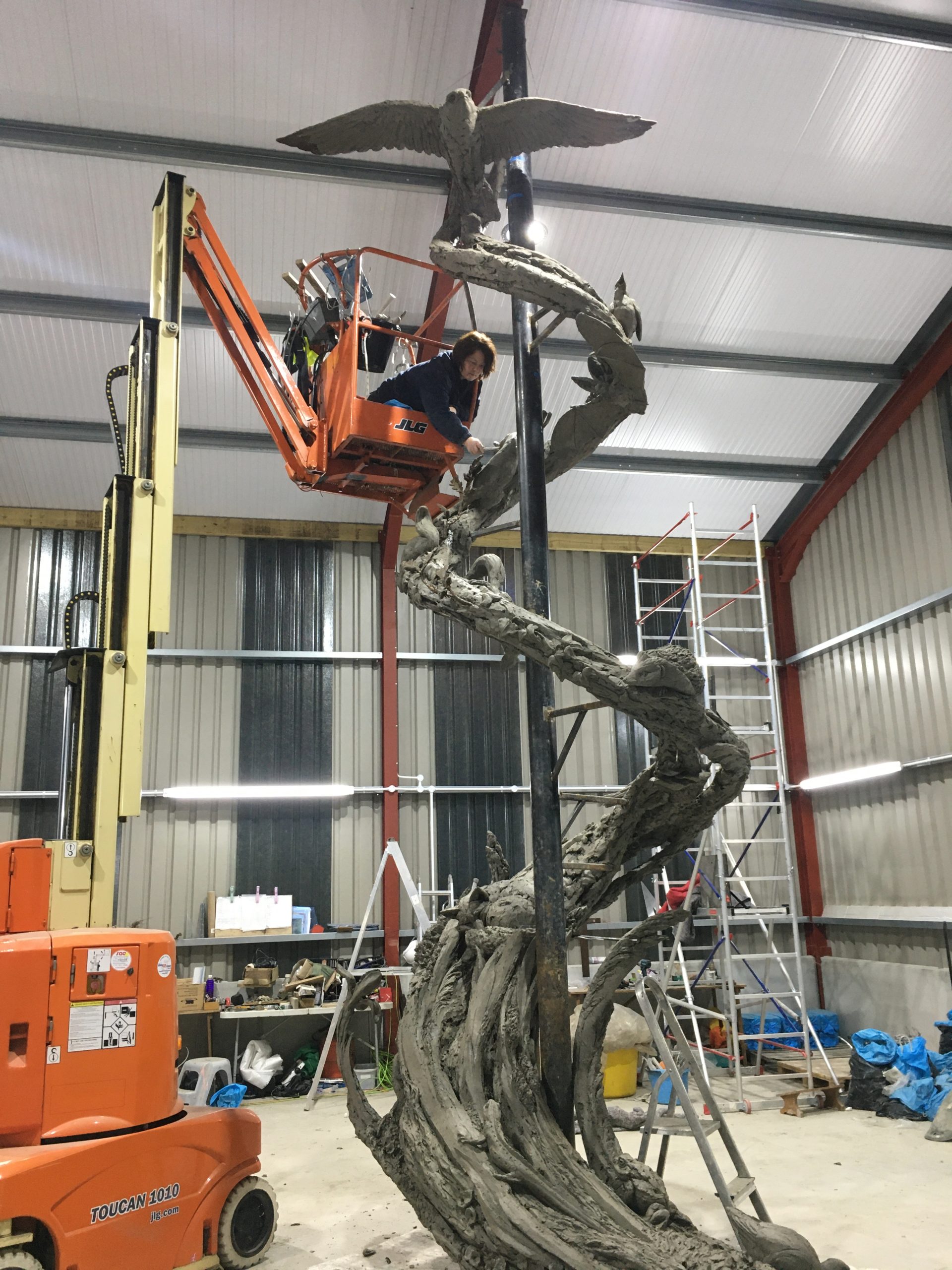

Follow The Artist
Keep up to date with Tanya's latest work!